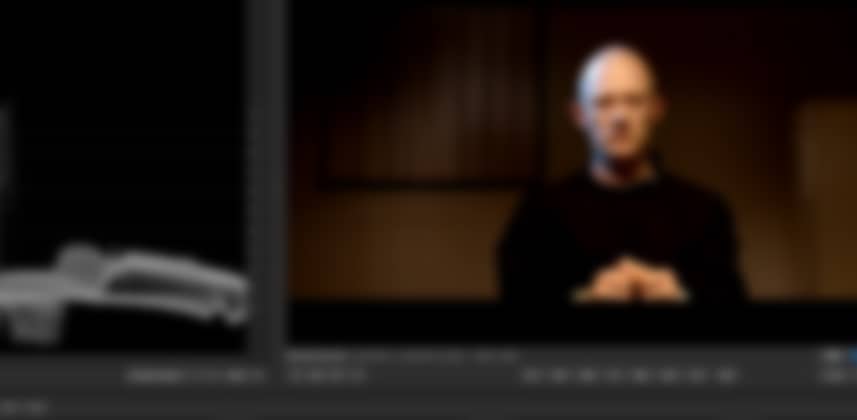| Series |
|---|
Patrick’s “3-Node Approach”: Limitations you need to understand
When it comes to working with flat, log-recorded images I’m a big proponent of using 3 nodes in DaVinci Resolve and applying the LUT in the middle node. There are a few reasons for this… but I was recently reminded of another reason why, if you apply a LUT in the middle of a node tree it is essential you understand how LUTs break the 32-bit floating point operations of DaVinci Resolve and what this means to a colorist. What is 32-bit Float and why is it important?
The value of 32-bit Floating Point
Image processing software that works at 32-bit float all those apps to ‘keep’ details even as details go above 100% white and below 0% black. This means that as you color grade, if you deepen your shadows and start clipping them out to black or brighten your highlights and start clipping them out to white then DaVinci Resolve retains these ‘brighter than white’ and ‘darker than black’ image values. More importantly these values can be retrieved even after you’ve clipped them out. Here’s a good explanation from a free video on Lynda.com’s website – using After Effects to demonstrate the value of 32-bit Floating Point operations:
Floating point overview
How LUTs destroy Floating Point operations
LUTs can only map between black and white and can’t access the under-black and over-white data that a color grading app like Resolve or Speedgrade normally sends from one node to the next… therefore, if you apply a LUT in the middle of your node tree you end up performing a Hard Clip on your image data and throwing away all that retained, 32-bit float, detail.
This is why its important to understand how to control your image before the LUT is applied and your limitations in nodes after the LUT. That’s what this Insight Article movie is about—I’ll show you how you can identify when the floating-point operation has been short-circuited and what you can do to work around this limitation.
– pi
Member Content
Sorry... the rest of this content is for members only. You'll need to login or Join Now to continue (we hope you do!).
Need more information about our memberships? Click to learn more.
Membership optionsMember Login


